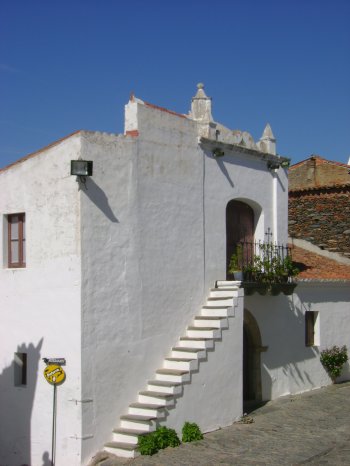Explore the best places
Monuments in Reguengos de Monsaraz
Igreja de Santiago Maior
- heritage
Rua de Santiago
7200-175, Reguengos de Monsaraz
Its construction dates back to the 18th century, but there are references to this church from the 13th century. Was successively expanded to such an extent that the monument primitive disappeared, although traces remain of josefino period. In the 20th century its state of degradation was ruinous, but in 1987 began to be rebuilt and today is also a diversified cultural space.
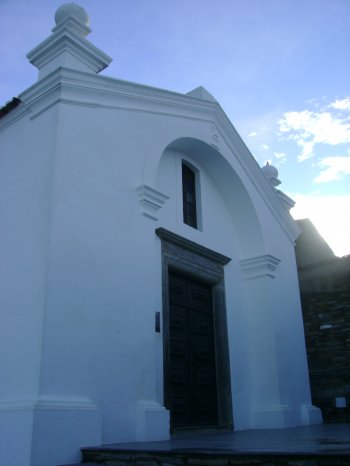
Convento da Orada
- heritage
Monsaraz
7200, Reguengos de Monsaraz
The Foundation of this Convent is of 1670 and was due to the Discalced Augustinians. Its construction began in 1700, by prior John Calvary, but only in 1741 was finished. Currently, after being recovered by the Convento da Orada, is also Rural Hotel and the archaeological museum, where exhibitions and events are organized.
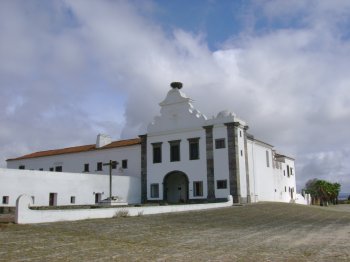
Igreja Paroquial de São Marcos do Campo
- heritage
Largo do Cruzeiro
7200-222, São Marcos do Campo
18th century Church, with ship wide and vaulted chancel. The main altarpiece is in gilt. In the 18th century it was remodelled, destroying the porch to enlarge the body of the ship. In 1970 it was built the table of the altar of the chapel.

Santuário de Nossa Senhora do Rosário
- heritage
Corval
7200, Corval
In Potter Center of the country, s. Pedro do Corval, was remodelled in the 18th century and served as the starting point of many pilgrimages to the Menhir da Rocha dos Namorados, given the symbolism of this rock. By Monday of Easter, the girls threw a rock onto the Menhir. Each failed launch indicated a year of waiting for marriage.

Igreja do Convento de Nossa Senhora da Orada
- heritage
Monsaraz
7200, Reguengos de Monsaraz
Monumental Church, sober, unadorned exaggerated. The plan is rectangular, has different covers and inside are 2 floors. Began to be built in 1700 and was completed in 1741. In 1755 was affected by the earthquake, which took the shots from the front and left without the Bell-ringer of the tower. In 1988 he became Foundation.

Igreja da Misericórdia de Monsaraz
- heritage
Rua da Misericórdia, 4
7200-175, Reguengos de Monsaraz
Simple architecture, 18th century Church, restored in the 18th century. Is located in the main square of the village, at Praça d. Nuno Álvares Pereira. On the façade, the Regal, Weather Shield of d. José, which gives sobriety. In 1999 was recovered inside and abroad. Today it is also historic file location.
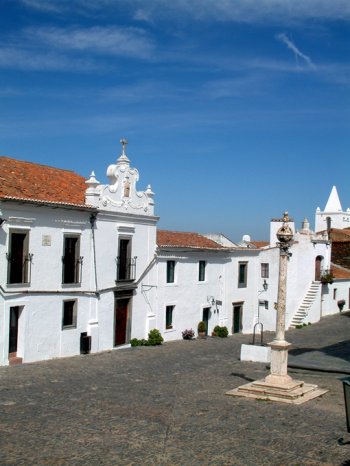
Igreja de São Pedro da Aldeia do Mato
- heritage
Praça Doutor Manuel Fialho Recto, 1
7200-139, São Pedro do Corval
This church is located in s. Pedro do Corval and dates back to the 18th century. The grandeur of their proportions is admirable, given the small size of this locality. It has only one nave and the chancel is square. The stuccoes of the interior were designed by Italian masters. His consecration as a church was in 1810.
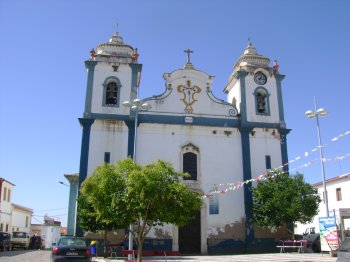
Casa do Juíz de Fora / Casa da Universidade
- heritage
Rua Direita
7200-175, Reguengos de Monsaraz
Initially was Manor housing. In the 20th century, in 1970, is donated to the Graduate Institute of Évora and served as a place of support for researchers the University. Is a House composed by 2 floors, a garden and 2 patios. Has 3 bedrooms, 2 bathrooms, a living room, one dining room and a kitchen.
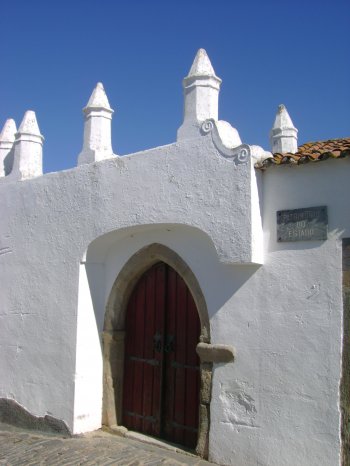
Menir do Outeiro
- heritage
Monsaraz
7200-171, Reguengos de Monsaraz
Also known as “Penedo Comprido” this menhir possesses a high granite stake with a phallic configuration. IT has 550 cm high, weights about 8 tonnes and on the vertex it has sculpted the urinary meatus. It was discovered in 1969 and it is classified as a National Monument.
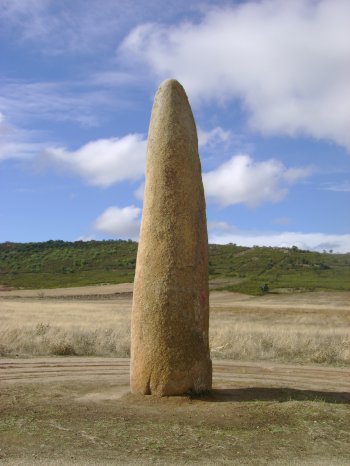
Capela de São José
- heritage
Rua Direita
7200-175, Monsaraz
This religious building was founded in 1708 by Domingos Lourenço Perdigão. It was here that the prisoners out of jail in the area came to fulfill the divine offices. Inside you can see traces of Baroque-style moral. Its architecture is simple, rectangular and the decoration is Baroque, as neatly and can see in primitive murals and outdoor balcony grills.
